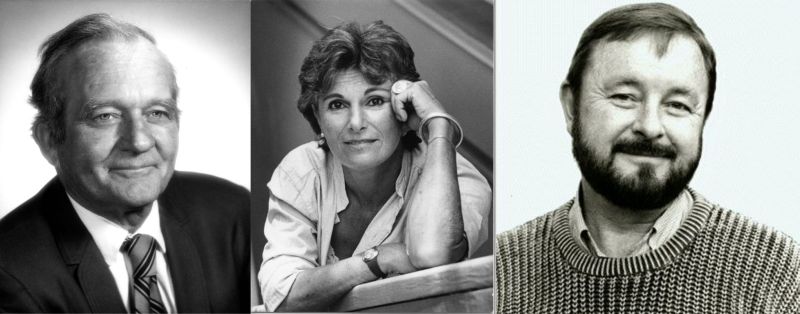Generic remote viewing is a term invented by Paul H. Smith in the absence of any other label to describe the approach to remote viewing used by the earliest remote viewers (and still some today). Think of it as “trial-and-error” or “seat-of-the-pants” remote viewing, where a person simply experiments with remote viewing, gradually learning from the mistakes he or she makes what works and what doesn’t. Obviously, this can be successful, since it is how the first generation of remote viewers did it. But it takes a great deal of energy and time, and not everyone succeeds–many just get tired and give up. It is called “generic” because, unlike controlled remote viewing, there is no one set method that GRV practitioners follow. Each has his or her own unique approach, though there will be features common to all of them.
